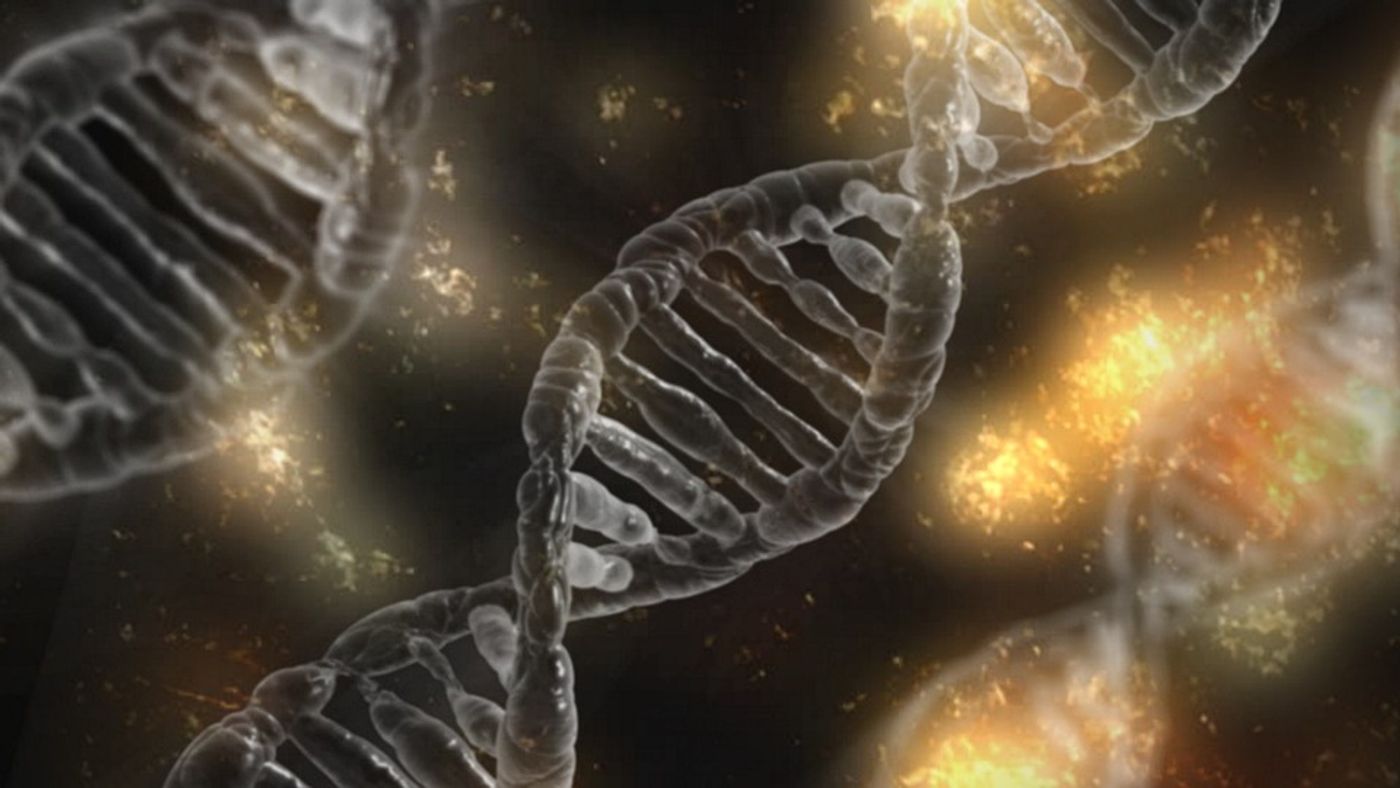In a First, CRISPR Gene Editing Used in an Adult
For the first time, CRISPR gene editing is being attempted in an adult; the patient has a disease called Hunter Syndrome. In California, 44-year-old Brian Madeux received an infusion of billions of copies of the correct version of a gene mutated in his disorder and the molecular tools to cut his DNA. While there are potential drawbacks, Madeux is “nervous and excited,” he said. “I’ve been waiting for this my whole life, something that can potentially cure me.”
Cures are rare in medicine, and CRISPR has opened up incredible new possibilities. While it has been used before to correct genes in cells that have been taken from patients, and then returned to the patient’s body, this is the first time the molecular reagents will be used directly in a person. Only one percent of his liver cells will need to be corrected, his doctors suggested, for his illness to be relieved.
Hunter syndrome is a devastating disease; few are afflicted and those that tend to die at a young age. They are unable to metabolize a type of carbohydrate because of a genetic mutation affecting a critical metabolic enzyme. The carbohydrates that aren’t broken down instead accumulate, wreaking havoc on the body.
It causes a host of problems; patients often get colds and ear infections, they may experience hearing loss, and have enlarged internal organs, joint stiffness, skeletal irregularities, and display aggressive behavior, among other symptoms. While patients can receive the missing enzyme by IV, easing some symptoms, it costs from $100,000 to $400,000 a year, and it does not stop brain damage.
“Many are in wheelchairs ... dependent on their parents until they die,” commented Dr. Chester Whitley, a University of Minnesota genetics expert. He wants to enroll patients in studies by Sangamo Therapeutics, a California company testing gene therapy for two metabolic diseases and hemophilia.
The changes that happen to the patient's genome will be permanent, and it is possible that unintended changes will occur. That has been a risk the scientists, and the patient are willing to take. Dr. Howard Kaufman, a Boston scientist on the National Institutes of Health panel that approved the studies said that the promise of gene editing is too high to ignore. “So far there’s been no evidence that this is going to be dangerous,” he said. “Now is not the time to get scared.”
Indeed, scientists, doctors, and patients will be following this and other studies to see where the technology can take us. Learn more about how CRISPR works from the video.
Sources: AP, Mayo Clinic









